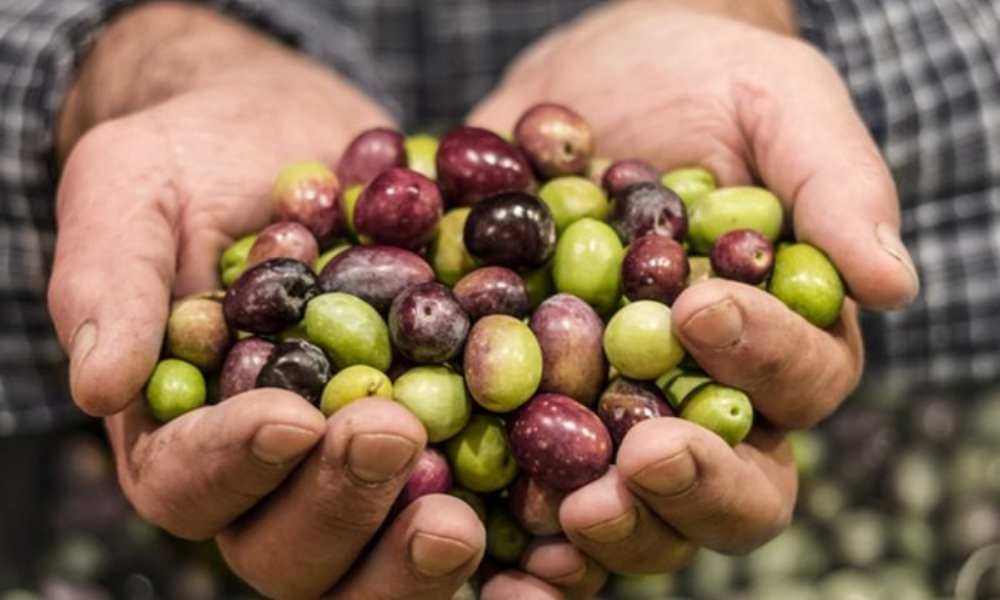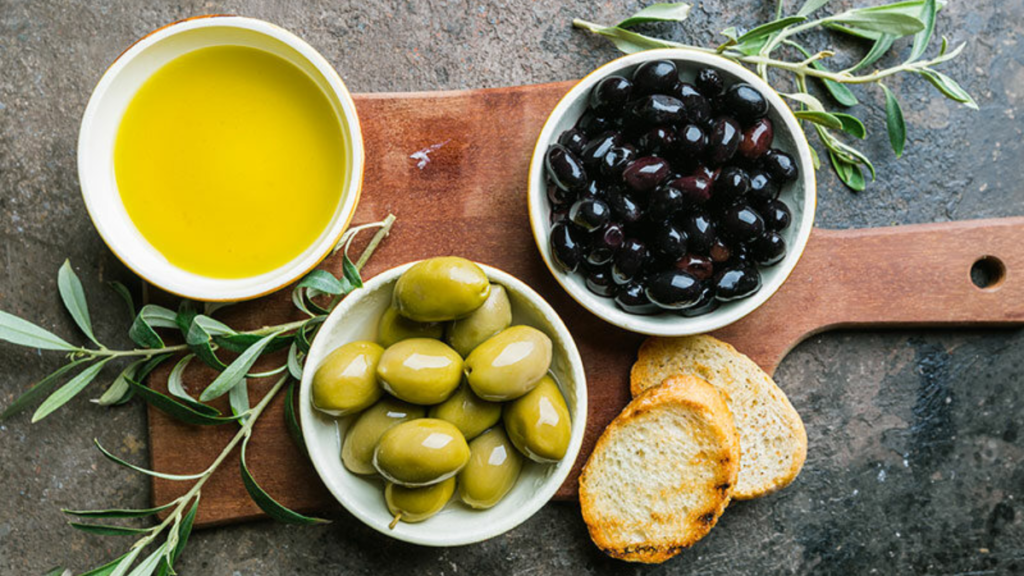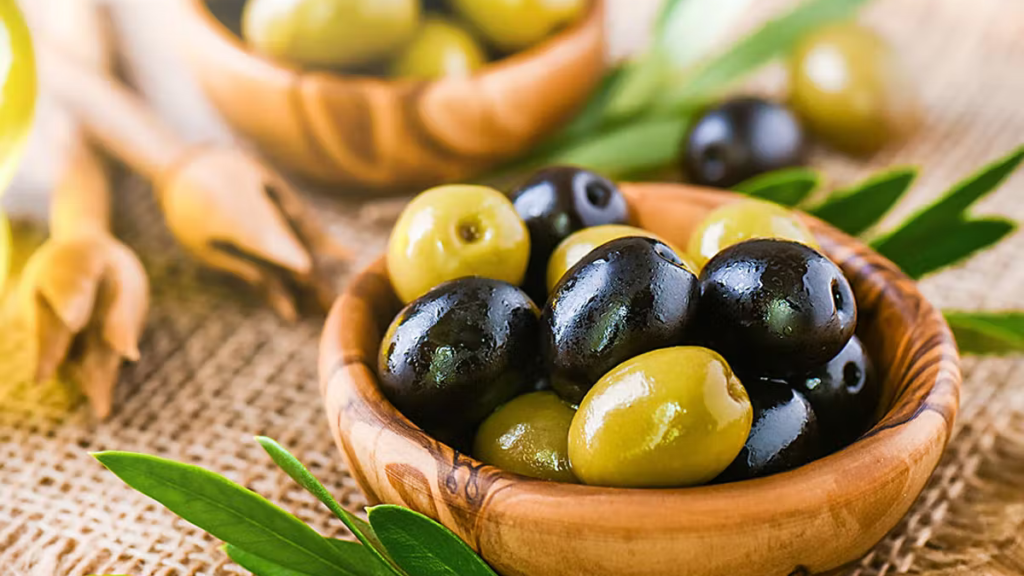Olives are a popular ingredient in Mediterranean cuisine and a delicious snack. However, like all foods, olives have a limited shelf life and can go bad over time. If you’re unsure how to tell if an olive is bad, it’s important to learn to recognize the signs of spoilage to avoid getting sick or ruining a recipe. This article will cover the different types of olives, the symptoms of spoilage to look out for, and tips for properly storing and handling olives to extend their shelf life. By the end of this article, you’ll be equipped with the knowledge to confidently assess the quality of your olives and enjoy them at their freshest.
The fact is that olives are food, they are organic, and they can go wrong at any time, no matter how well they are stored. They go wrong if they haven’t been properly kept, stored, or handled in such a way that hazardous microorganisms have infected them.
According to the researchers, olives take a long time to spoil, and the presence of microorganisms that can ruin preserved olives is not desirable in the olive environment. Like other meals, fortunately, this isn’t too difficult to accomplish. The “rules” for olives are just general suggestions; if you want to be sure before popping a couple into your mouth, double-check that there are no telltale expiration symptoms.
What are Olives?
The olive, botanically known as Olea europaea (literally “European olive”), is a tiny tree or shrub in the Oleaceae family traditionally found in the Mediterranean Basin. Olea europaea ‘Montra,’ dwarf olive, or little olive, is the name given to it while it is in shrub form.
Olea europaea is the genus Olea’s type of species. It is one of the essential elements of Mediterranean cuisine. The plant is grown in Mediterranean countries, Australia, New Zealand, North and South America, and South Africa.
The olive fruit, sometimes known as an “olive,” is a primary agricultural source of olive oil in the Mediterranean region. The plant family is named after the tree and its fruit, including lilac, jasmine, forsythia, and the real ash tree.
How to Tell if Olive is Bad?
We can observe some general traits to tell if olives go off. On the other hand, some suspicious symptoms are every day and can be considered harmless.
1. Brief Review of the Unopened Jar/Can Condition
You can do this before bringing the olives home from the grocery shop if the jar/can is still unopened. To begin, double-check the lid to ensure it is still sealed. The olives may be ruined if the top has a slight dome or is circular rather than flat.
A dome-shaped lid means the olive jars/cans were not securely sealed, allowing bacteria to enter and destroy your olive. You’ll hear a tiny pop whether you open the jar with an ergonomic jar opener or by hand. The olives have most likely gone rotten if you don’t hear this.
2. Check for Mold or White Spot on the Olives
Once you opened and enjoyed them before. You somehow forget that you left them in the kitchen or the fridge for a long time. Now you need the olives for some tasty Italian first courses? First, you should take a look at the content inside. Check for mold on the olive.
If you see a thin layer of white mold, your olives need to be rid of it. However, if you see some white spots of olive, it is outstanding with brined olive but not with brine-free ones. Mezzetta states that olives are still edible after removing the white marks on them as it is simply a sign of the olive fermenting process.
3. Smell Olives to Detect Spoiled Ones
Now use your sense of smell to examine whether your olives have gone wrong. Maybe you see their appearance is acceptable without any suspected visuals of spoilage; you can take a sniff to be sure again. If you smell it somewhat rancid, garbage should be in its place, not your stomach.
Bad olives also have a pungent smell; if you find it smells terrible, do not eat them and discard them. Moreover, with black olives, if you spot some white fuzz on them or they are faded or severely discolored, well, your olives are ruined.
4. Taste Olives to Make Sure Again
Finally, even though their smell and appearance are delicate, they taste a little bit of them.
It can look and smell good, but if olives taste gross. There is no reason to test your stomach, as I will explain the bad outcome of eating bad olives in the next part.
To summarize, check for any damaged signs of the jar/can (for unopened olives) and any visual spoilage such as mold, white fuzz, or weird flavors before consuming them.
How Long Do Olives Last?
The shelf life of olives vary depending on how they’re prepared, the quality of the components, how they’re packaged, and how they’re stored. In a nutshell, it depends on the brand. Regardless of the cultivar (Kalamata, Manzanilla, Castelvetrano, etc.), black or green, pitted or whole, the shelf life is similar once packed into a jar or can.
Canned olives have a four-year shelf life, while jarred olives have a three-year shelf life. Look for the “best before” or “best by” date on the container for the best guide. Of course, as long as the packaging is in good condition and carefully stored, the olives will not go wrong the day following this date.
The time it takes for olives to lose their optimum quality once opened varies greatly amongst manufacturers. Most producers recommend finishing the products within 1 to 2 weeks, but Krinos and Mezzetta say on their websites that their olives can last up to 6 and 12 months after opening, respectively.
Meanwhile, once opened, to-go olives that do not come with a brine solution tend to lose their quality rapidly. Consider finishing the leftovers in no more than 2 to 3 days. If you choose to make your own stuffed olives, they should be eaten within 3 to 5 days.
How to Store Olive?
Here are some essential tips for storing olives:
- Keep an unopened can or jar of olives in a cool, dark place, like your pantry. It varies between manufacturers and their conservation process, but olives in brine can stay unopened for several years, and olives in oil can last only a few months. Once the jar is open, olives in brine can last for a few months, but those in fat should be consumed in weeks.
- When your jar is open, reseal the leftovers tightly, ensuring that all olives are still submerged in liquid. Most olive manufacturers recommend storing the olives in the fridge once the container has been opened. Depending on the quality of their preservation, they may be kept out of the refrigerator if the temperature is not greater than 68°F or 20°C.
- If you haven’t finished a can of olives, you’ll need to decant them into a tightly sealed glass jar. To stay preserved, they must once again be submerged in their liquid. This applies to both brined and oil-preserved olives, and it is strongly advised that they be kept in the refrigerator.
- Many people are inclined to undertake their preservation in areas where fresh olives are grown. Fresh olives are bitter and cannot be eaten raw, and they must undergo a preservation process, making them less painful and fresher for longer.
- Black, ripe olives are often preserved in oil, but even they have first to be made less bitter in salty water.
- Any method of storing olives is only as good as the way they were preserved in the first place. Whenever possible, purchase the highest-quality olives you can, which will not only taste better but also last longer.
The Risk of Consuming Expired Olives
You must be a huge fan of olives to eat them past their sell-by date. They might have survived if they were kept in their original, unopened jar or can and preserved in a cool, dark place. If you don’t, you risk getting an upset stomach and feeling like you have food poisoning.
In the worst-case scenario, if your olives were nasty or you ate too many. You may get severe diarrhea or vomiting and the risk of dehydration. Botulism can also be contracted through inadequately prepared or stored olives.
Conclusion
Even if you want your olives to last forever, they will eventually go wrong. It’s best to keep olives in their original liquid and keep the seal closed and refrigerated after being opened—Tore unopened packs in a cold, dry, dark location. If the can or jar is broken, you should not eat it. The same rules apply to stuffed olives and olives purchased from olive bars. Olives can be eaten for 1 to 3 weeks if stored properly. Check olives’ smell, appearance, and taste to see whether they’ve gone rotten. Remove anything that appears to be off or smells foul.


